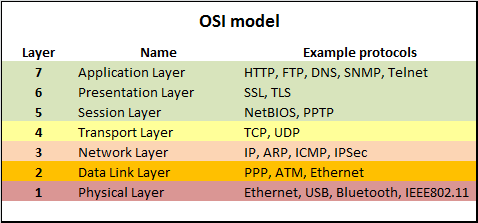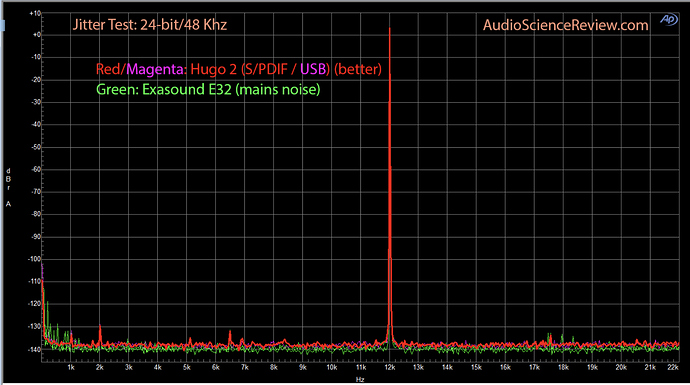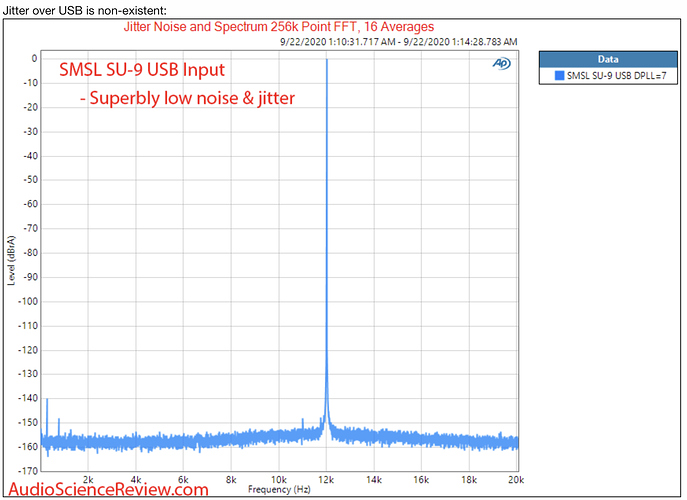I didn’t intend to argue here, but there is an important point.
@danny is touching on it, but I’ll belabor it.
There is a subjective element to this, but there are parts that are objective and inarguable. It has to do with layers of abstraction — if you don’t take this concept into account you are led astray. And these layers of abstraction are objective and inarguable because they are invented, not measured and discovered. This is how we have built our systems.
If you have studied this at all, you know the OSI Model for networking:

What does it mean to define these layers? It isn’t just a pedagogical diagram.
Layers of abstraction means that we can innovate and modify in one layer, as long as it conforms to the abstraction, without harming the overall system.
How is it that the whole network stack continues to work when we replace the physical Ethernet layer with WiFi, or cellular modems, or USB? Because of the abstraction.
And the abstraction isolates the upper layers from the implementation details of the lower layers. This is why @R1200CL is wrong about jitter (which is what triggered this post). There is indeed a concept of jitter in Ethernet, and the White Rabbit thing he mentioned addresses that. But if you read the advertising copy for it (and @R1200CL’s notes), you see that all of this is about the bottom layers of the stack. This jitter may be perfectly valid for the performance and reliability of the Ethernet layers, but it has nothing to do with the jitter we are concerned about for DACs. Because of the layers of abstraction.
If an implementation of Gigabit Ethernet suffers from out-of-spec jitter, it will fail to deliver its functionality, it will not meet the abstraction, but that has nothing to do with jitter in the payload, the data stream jitter that may cause distortion in the DAC output.
The issue of Ethernet jitter is not wrong, but it is irrelevant.
Similarly, it has been popular in the recent year to explain that the “digital” signal Is actual an analog electrical signal that can be distorted by various flaws. Again, true but irrelevant. If we want to go crazy, we might say that the signal has fine grained noise because it is made up of electrons. Silly: it isn’t silly for physical reasons (even though the electron noise is 380 dB down), it is silly for engineering reasons because the abstraction hides that noise.
Problems in the bottom layers do not shine through to the top layers.
This doesn’t mean that problems in the bottom layers are not significant. (If a backhoe cuts the Layer 1 Physical cable, the top layers don’t work.) But layer 1 jitter has nothing to do with Layer 7 jitter (actually the digital to-analog conversion itself is above layer 7, it isn’t a network function at all, it’s a consumer of this stack.)
Note that I did not say that network implementations and cable have no audible effect. I take no position on that, I this post. What I am saying is that any audible improvement from a “USB cleanser” is not caused by jitter reduction.
If you want to see the effect of a femtoclock ISB cleanser on a modern DAC, don’t look at this diagram because these DACs are fed straight from a PC (Audio Science Review):
Those are thousand dollar DACs. Here is a $400 DAC:






